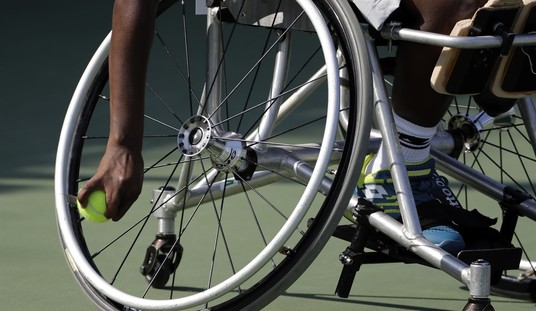Remember when most “to-go” coffee came in convenient, insulated foam cups? Remember when McDonald’s served food in foam clamshells that kept your meal nice and warm? Those were the days, my friend — lost to political correctness.
Today, consumers often burn their hands holding paper cups filled with hot beverages that leak along the rim because the tops are not as snug-fitting as they are on foam cups. The politically correct solution has been to add paper sleeves around the cup, which mitigates hot fingers, but doesn’t keep coffee hot or prevent leaking.
There are, fortunately, a few holdouts — companies that still use foam cups, like Dunkin’ Donuts and McDonald’s. These companies know that consumers appreciate the benefits of foam — more formally known as polystyrene foam.
Activists would love to see regulations eliminate foam cups completely, but absent the power to do that, they apply public pressure. During the 1990s, activists at the Environmental Defense Fund launched a public relations campaign against McDonald’s, generating bad PR that placed the fast food giant “in a pickle.” McDonald’s responded by eliminating foam packaging for their sandwiches, but not their coffee cups.
Activists continue to press for McDonald’s and others to eliminate foam cups as many politically correct coffee shops have already done. For example, one activist group called “As You Sow” has drafted a proposal for McDonald’s shareholders that calls on the company to phase out polystyrene cups.
Activists have long claimed that foam cups are less energy efficient than paper cups because they were not recycled as much. More recently, they have levied the charge that the cups are dangerous because they are made with a supposed carcinogenic chemical— styrene. They are wrong on both counts.
First consider the impact on energy usage. Earlier this year, the research group Franklin Associates released findings from their life-cycle assessment of polystyrene packaging and alternative paper products. Such assessments attempt to measure the impact that products have on the environment during their entire lifetime — from cradle to grave.
The company found that the average 16-ounce polystyrene cup uses a third less energy, produces 50 percent less solid waste by volume, and releases a third less of so-called “green house gases” than does a 16-ounce paper cup with a sleeve. Over their lifecycles, polystyrene packaging products require 20 to 30 percent less water than do paper alternatives.
Ironically, there are additional adverse environmental impacts resulting from the politically correct substitution of foam cups. Specifically, the elimination of foam cups causes some people to “double cup,” placing one paper cup within another to prevent burning their hands. According to Franklin Associates: “‘double-cupping’ results in over twice as much energy and solid waste volume, over five times as much solid waste by weight, and nearly twice as much greenhouse gas emissions as the use of a single polystyrene cup.”
But what about the chemical used to make foam cups — styrene? Isn’t it bad for our health? According to California Clean Water Action: “The International Agency for Research on Cancer (IARC) has determined that styrene is a known lab-animal carcinogen and a possible human carcinogen, particularly in the occupational setting, with the strongest evidence coming from reinforced plastics workers.”
If you are alarmed about those claims, you should stop eating pickles on your burgers and drinking coffee — both are also IARC “possible human carcinogens.” In fact, the “possible” category indicates a very low risk. It’s akin to saying: “There isn’t much evidence of harm, but we can’t prove otherwise.” IARC couldn’t even find significant risk among workers exposed to relatively high levels of styrene.
Some lab animals (mice but not rats) — which are highly susceptible to cancer — have developed cancer when administered very high amounts of styrene. And they also get cancer from pickles, coffee, and dozens of other things when exposed to very high doses — often injected into rodent cells and stomachs. In that case, it’s the dose and the test itself that causes the cancer. Humans — even plastics workers — don’t experience such high doses or exposure routes in real life, which makes extrapolation from rodents to humans a very tenuous exercise.
Most recently, controversy erupted because the National Toxicology Program (NTP) at the National Institutes of Health reclassified styrene as “reasonably anticipated to be a human carcinogen.” But this conclusion should raise more alarm bells about the political nature of science at the NTP than about styrene.
The report notes that data on styrene-related human cancers among workers exposed to high amounts of the substance is “limited” — i.e., very weak. That’s the same conclusion drawn by IARC. The only other real “hard” data relates to cancers among “some strains of mice.” One should question whether NTP’s extrapolation from mice to humans is itself reasonable. In any case, exposures to consumers remain extremely tiny — far below worker exposures and animal dosing.
If McDonald’s caves to the greens yet again, the days of the foam cup may too come to an end — leaving more consumers with hot hands and cold coffee.








Join the conversation as a VIP Member